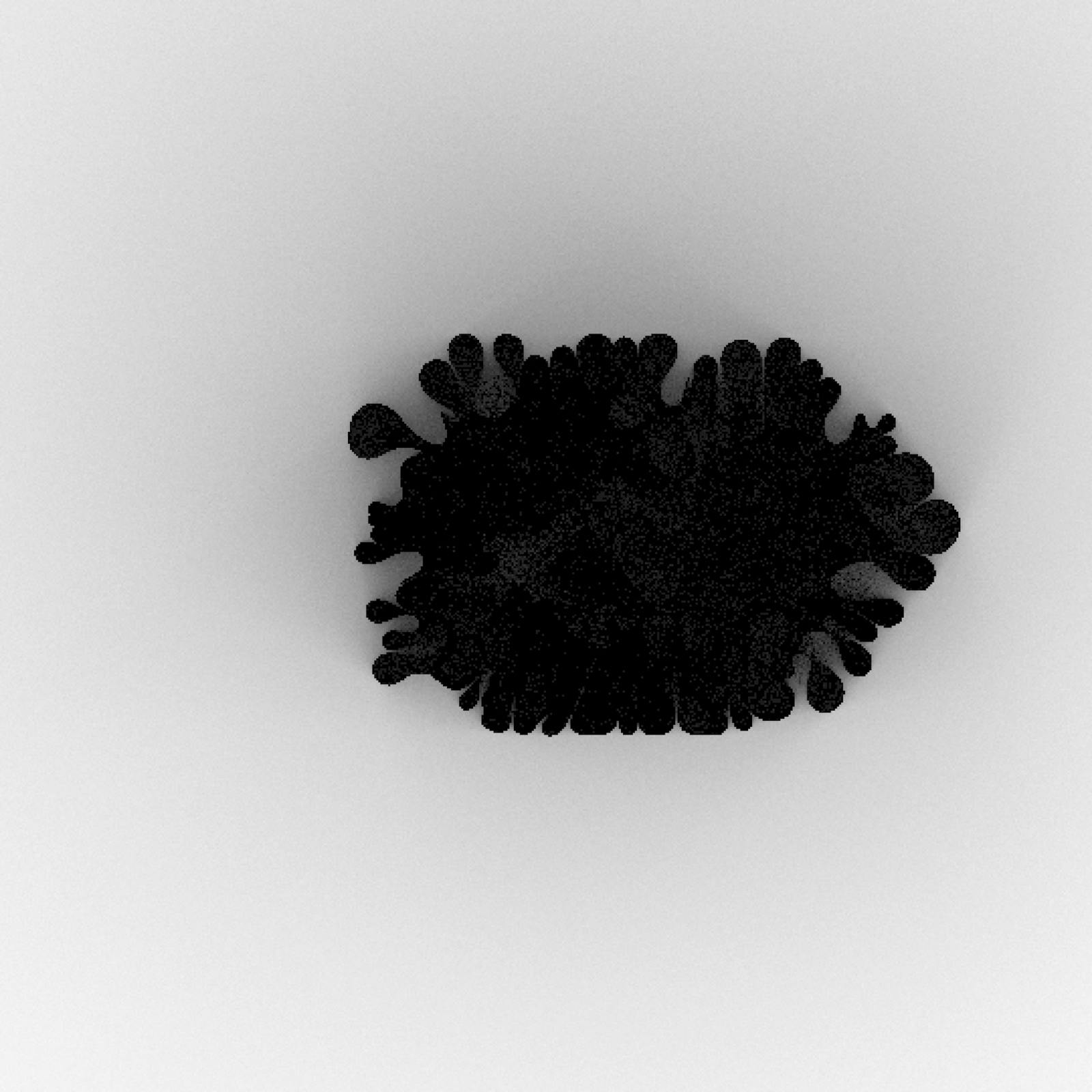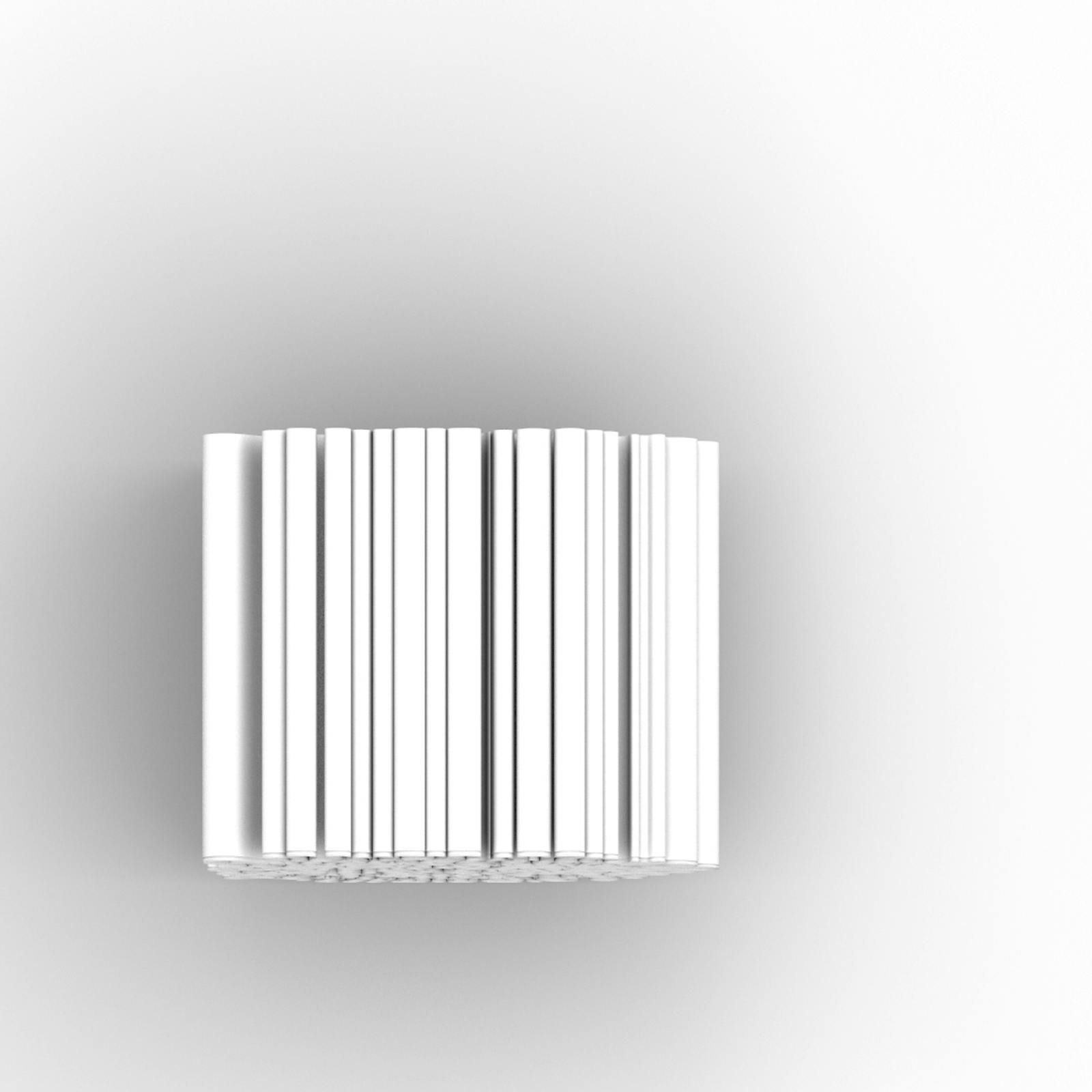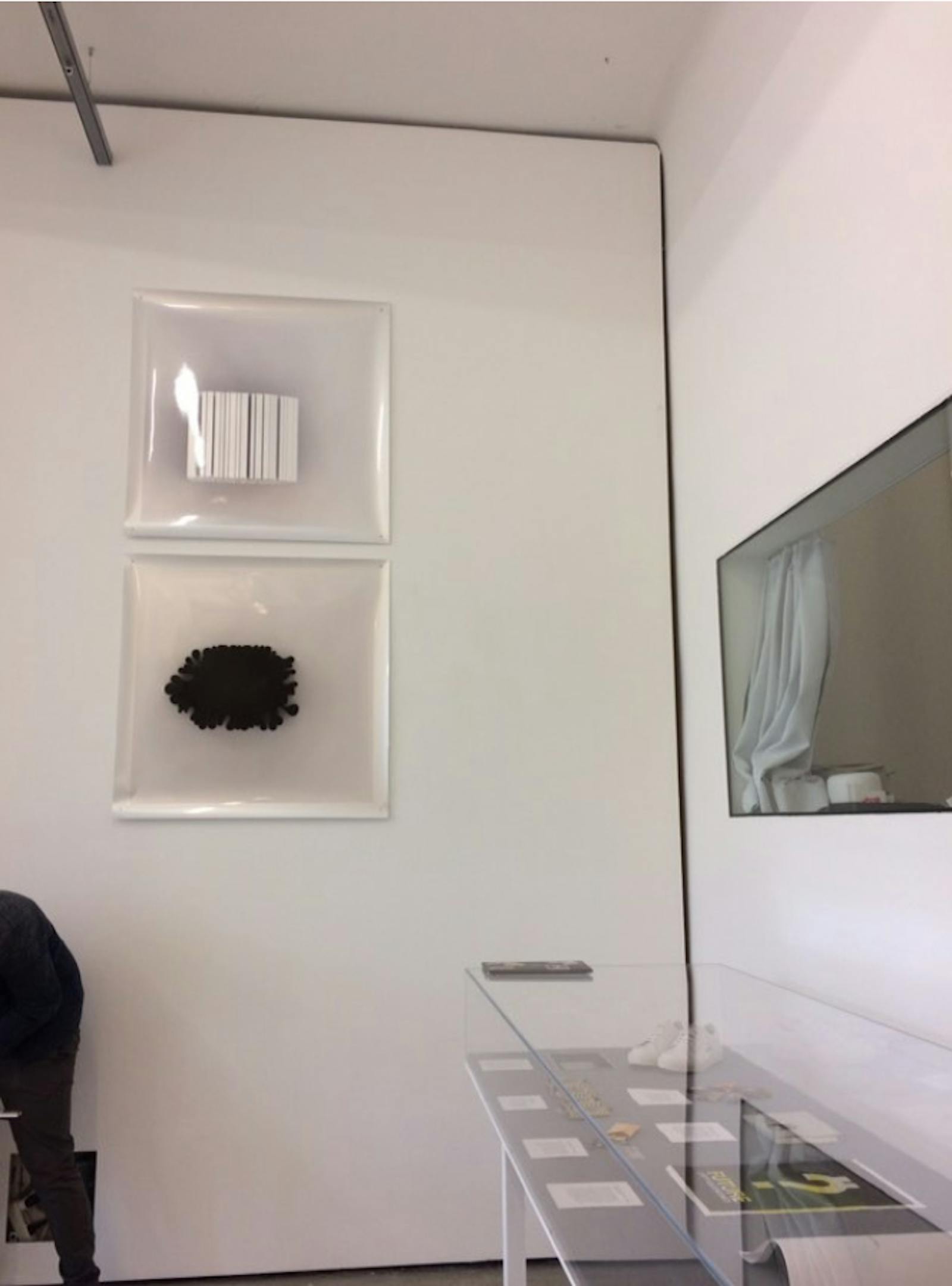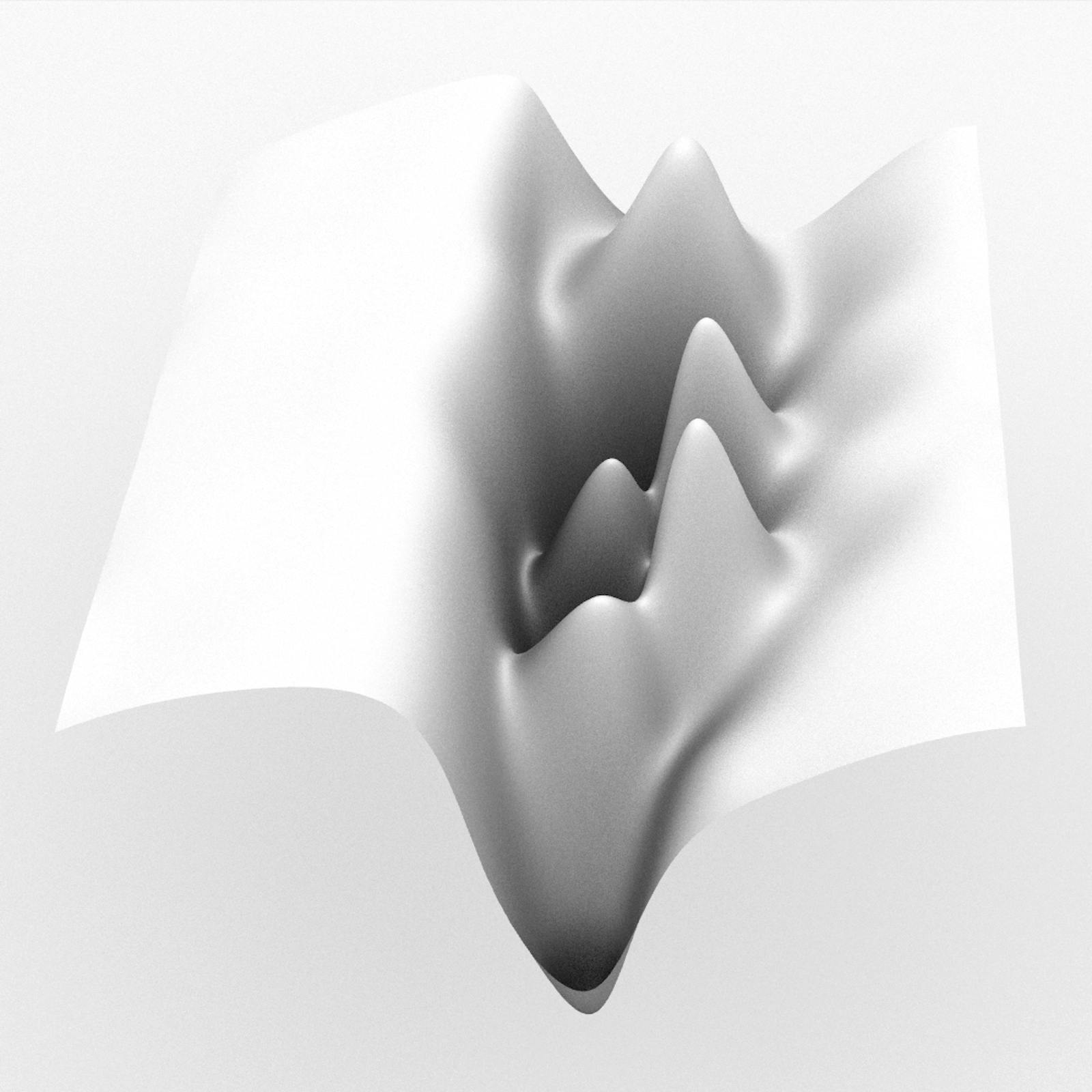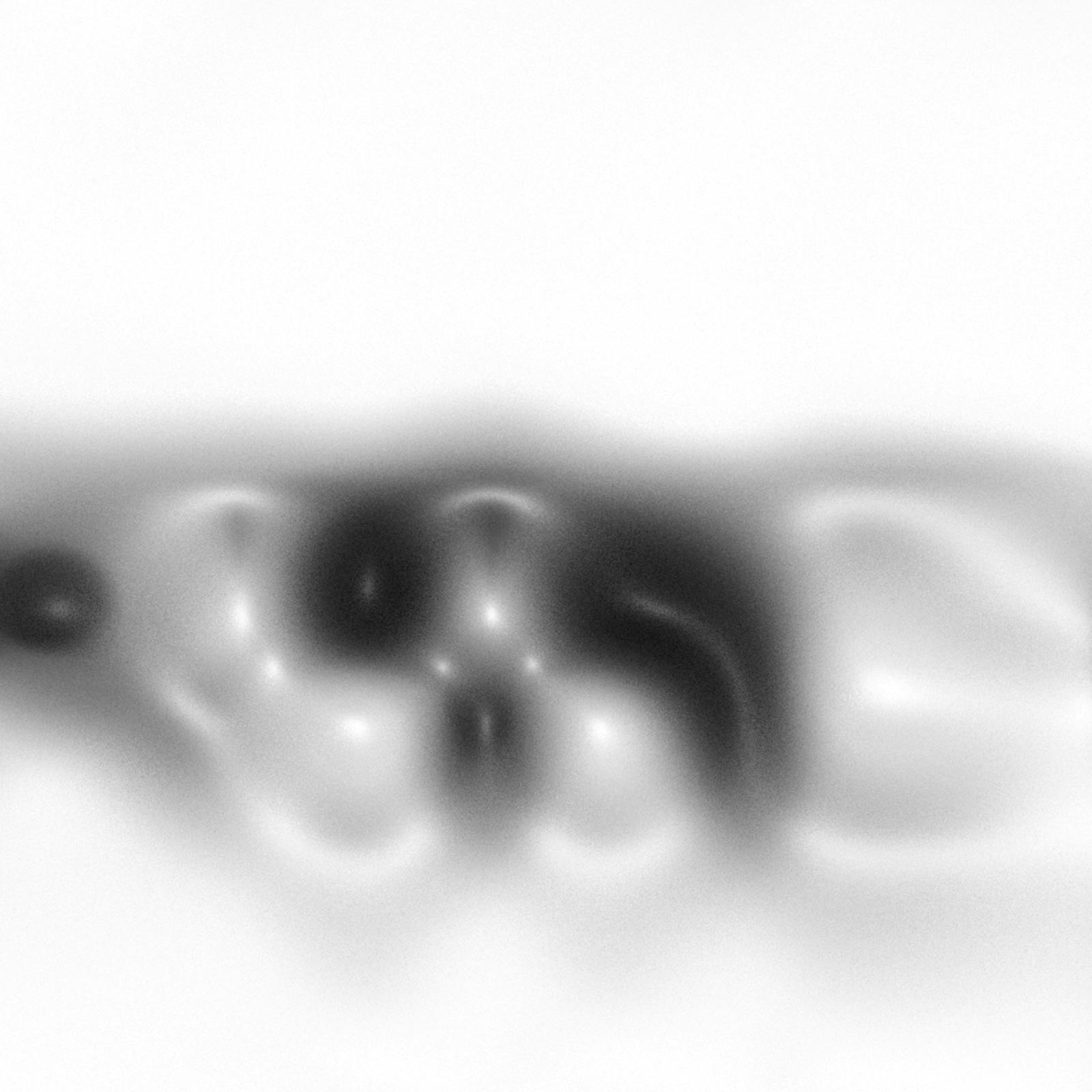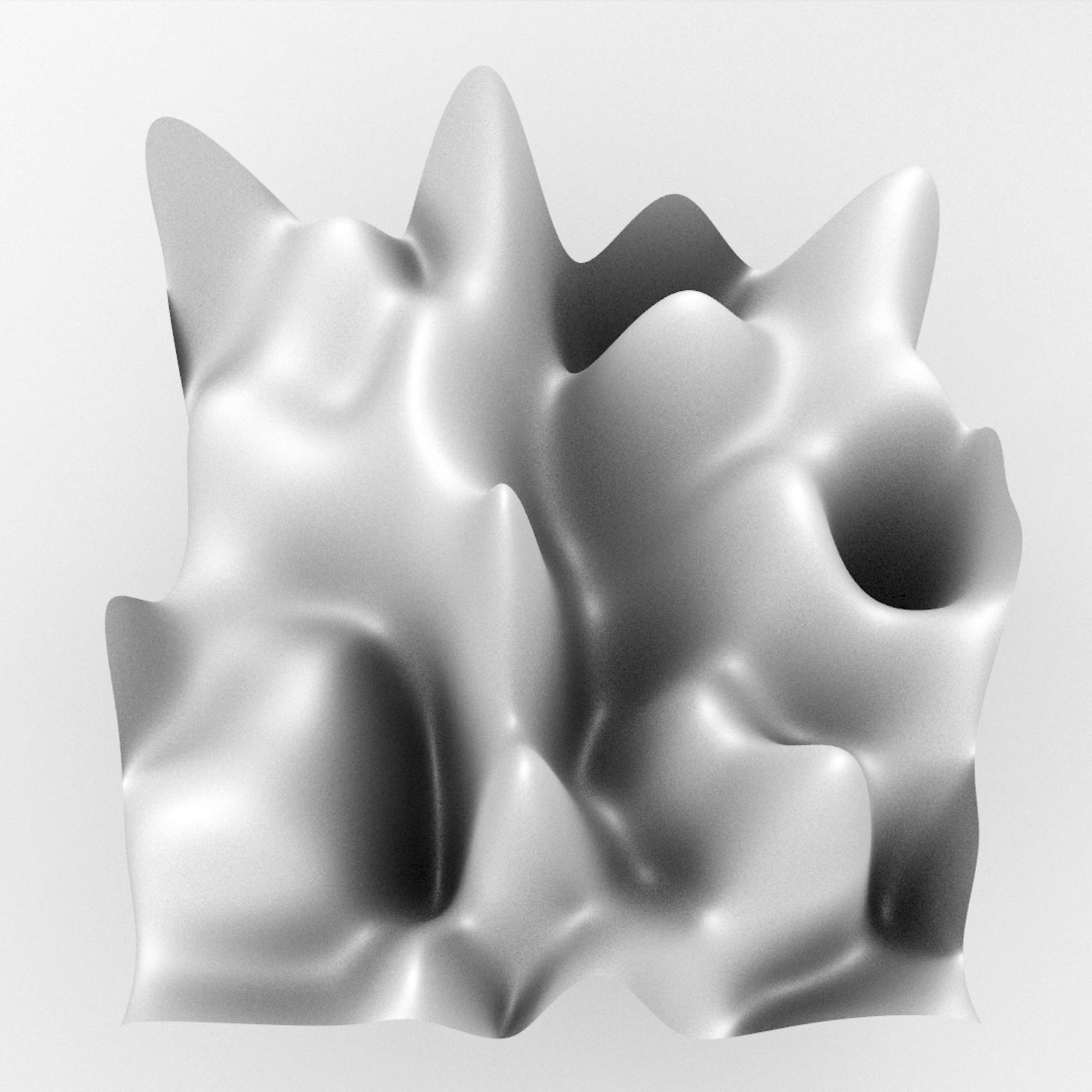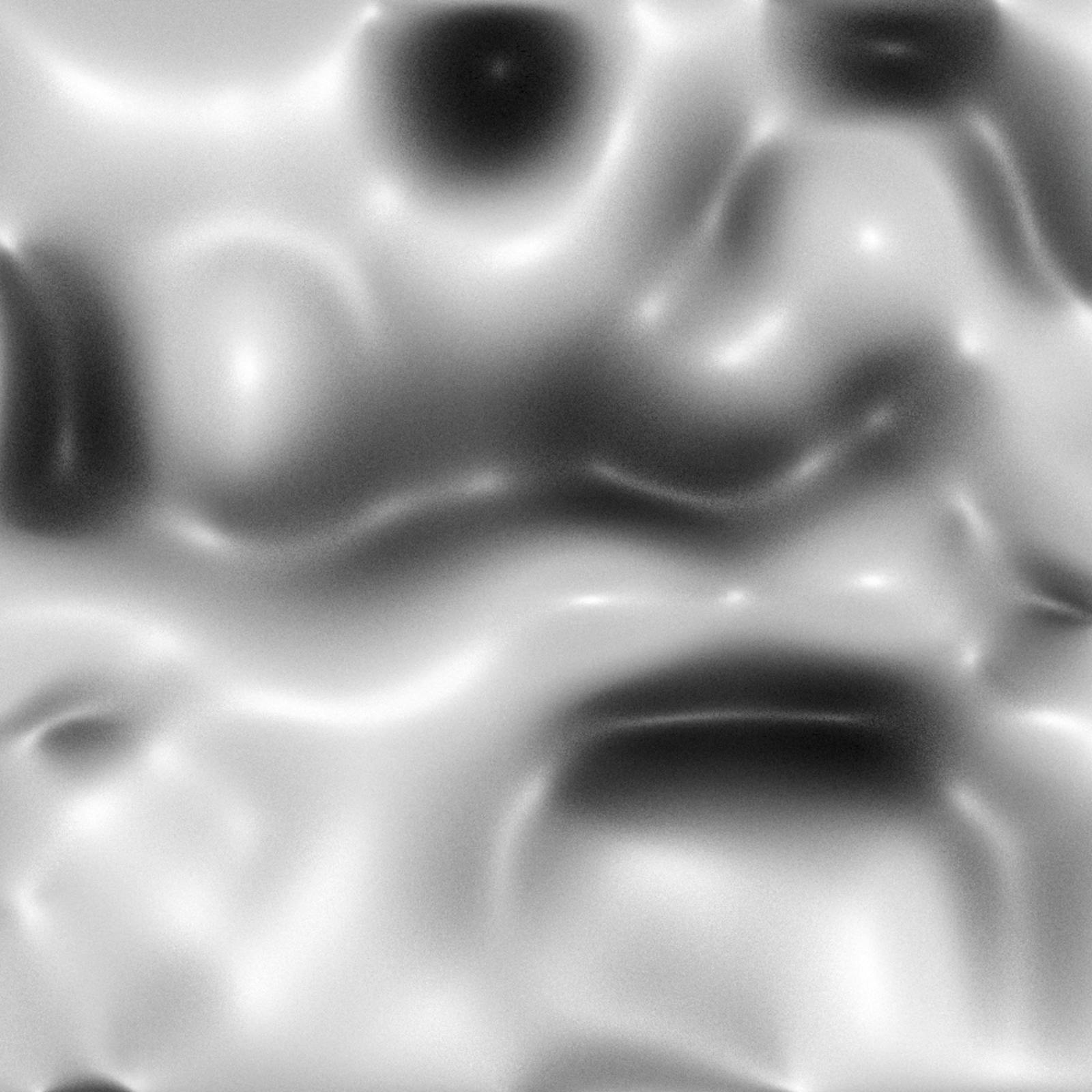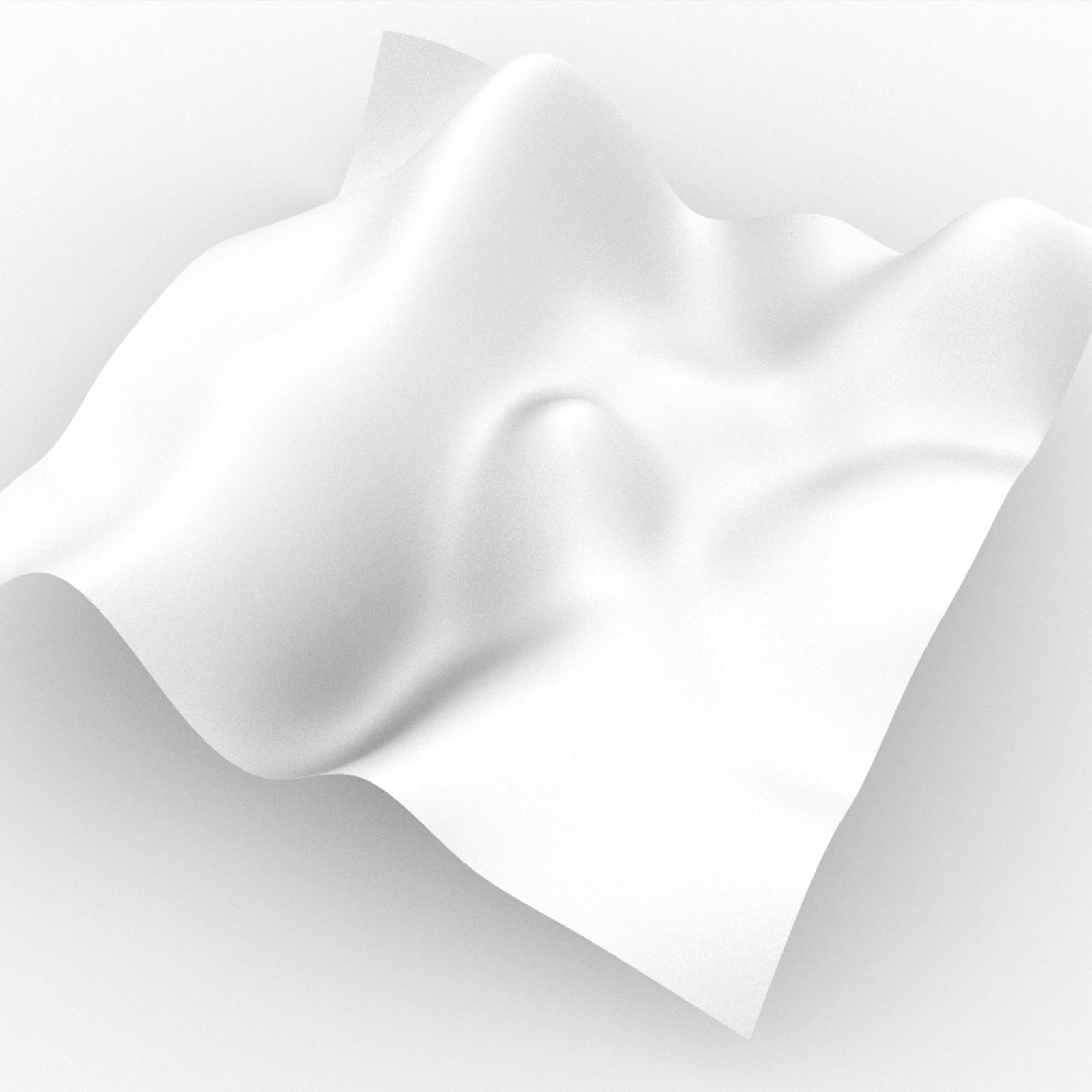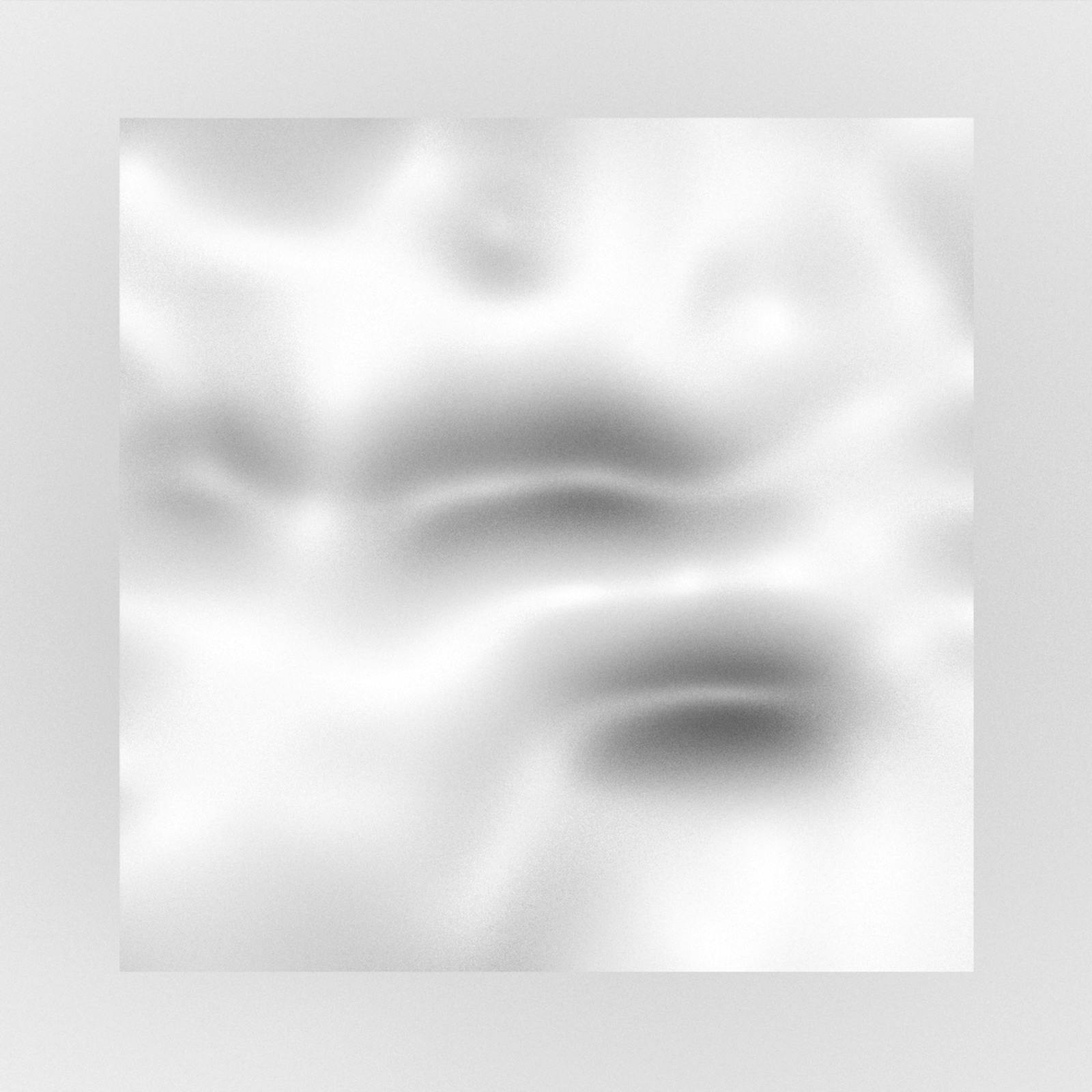Dario Srbic
Synthetic Er(r)o(r)s: Art as a Co-Creative Practice with Algorithmic Agents
Summary
Development of artificial intelligence is mainly imagined today as an apocalyptic journey towards menacing algorithmic agents which would make humans obsolete or even annihilate them implied both by the discourse of cybernetics as well as a projection of society’s anxieties. Synthetic Eros seeks to create an alternative answer to the military choice of “the least of all possible evils” through exploring the possibility of artificial desire and thus allowing algorithms a form of co-authorship in the artistic process. By taking Duchamp’s move from traditional into conceptual art or in de Duve’s words from “this is beautiful” to “this is art” into the 21st Century the thesis examines what happens to the artwork if agency and responsibility are shared between human and algorithmic subject, and what kind of art emerges from this entangled field? Or to put it differently what can take us from “this is human art” to “this is distributed art”?
Additional info
Methodologically the enquiry uses Golding’s ana-materialism, notably the flesh and the carnal as indispensable constituents of any formation of knowledge and discourse and extends it into the realm of situated and embodied artificial learning, or what could be called algorithmic flesh. This extension gains traction through the studio enquiry which employs digital 3D modelling and printing as a DNA of the algorithmic enfleshment of biometrical data. The thesis further employs philosophical concepts of desire (Deleuze 2012, Spinoza 1994, Preciado 2013) paired together with the concept of entropy as a creative force (Prigogine and Stengers 2017) to locate desire understood as “striving to continue to exist” as an enabler of generative process (or change) within machine learning (Downing 2015). This theoretical move is largely set up by the studio practice, in which algorithms explore the virtual space of possible sculptures which are then actualised as 3D prints locating them as facies (both in anatomical as well as geological sense) of artificial intelligence.
Biography
Dario started coding as a twelve-year-old and always felt that the machine was not merely executing the code, but also emanated an inexplicable sensuousness. Initially fascinated by the dark art of algorithmic trading he transitioned through philosophy into equally dark science of algorithmic art. Hence his current practice examines the embodiment of desire (arousal, pain, excitement) into algorithms and expresses it in artificially (ready)made sculptures and performances. Dario’s work has been exhibited in Science Museum - London in 2019, Angewandte Innovation Lab - Vienna in 2019, Austrian Cultural Forum - Berlin in 2019, The Victoria & Albert Museum's Digital Futures - London in 2018, Assembly Point and Asylum - London in 2018, MAK Museum - Vienna in 2017, and Seen Fifteen Gallery - London in 2016 amongst others. Dario’s work has been published in numerous publications, his MA thesis published in Journal of Philosophy of Photography, and his video work is held in Ursula Blickle Videoarchive. He holds an MA in Photography from Central Saint Martins and is currently studying for a practice-led PhD at Royal College of Art supervised by Professor Johnny Golding and Graham Hudson.
Contingent Determinacies
Contingent Determinacies further expand on the possibility of co-creative and collaborative processes between human and machinic agents, dancing towards the edge of the chaos, in which the definition of what is a machine becomes porous and allows for distributed intelligence to emerge and become palpable.
The proposed artworks are expressions of such a process that opens up a possibility of not-exclusively-human, aleatory creative methods without drawing a strict border between the natural, cultural, and artificial. The artwork is a site-specific sculpture that is created by an algorithm in a digital 3D space and then 3D-printed and assembled in the exhibition space. The algorithm receives the parameters of the space and the physical constraints for the structure to hold. Sticking to the constraints and parameters it starts an aleatory process of creation, that combines principles of artificially learned self-organisation with a feedback loop and chance development. The methodological approach is drawing mostly from the complexity theory and the work of Prigogine and Stengers, notably their notions of emergence and dissipative structures as necessary conditions of any (natural) creative process.
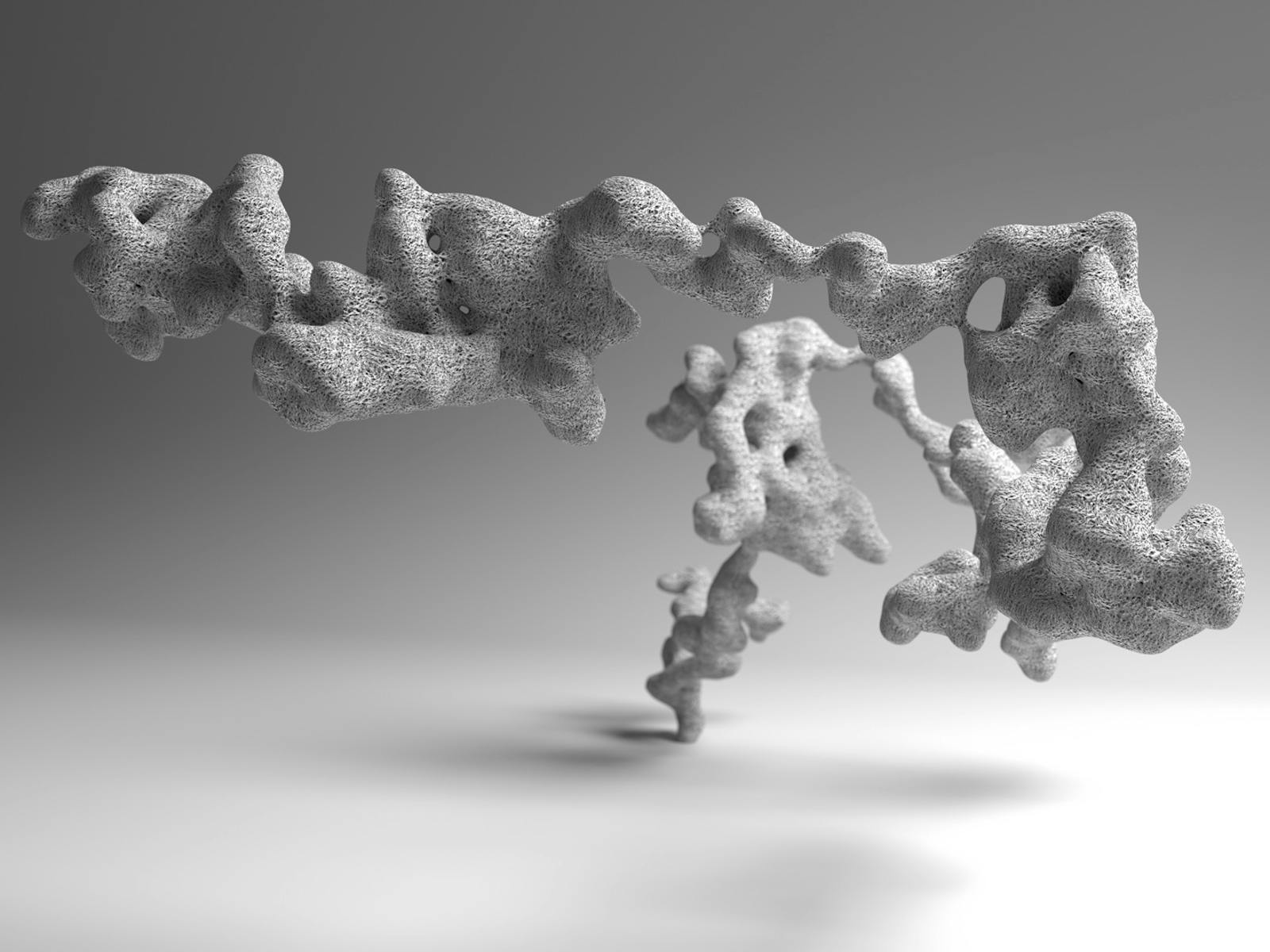
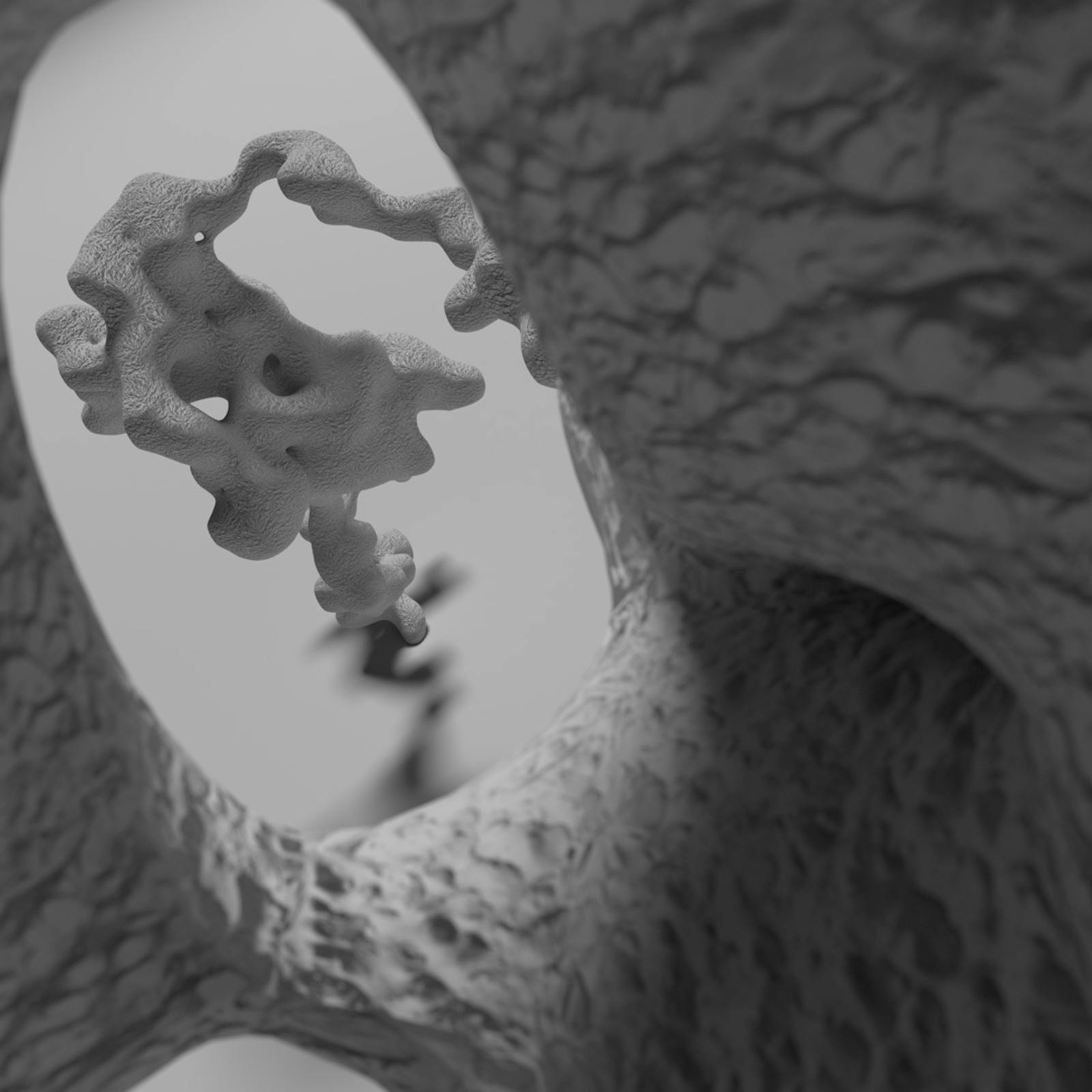
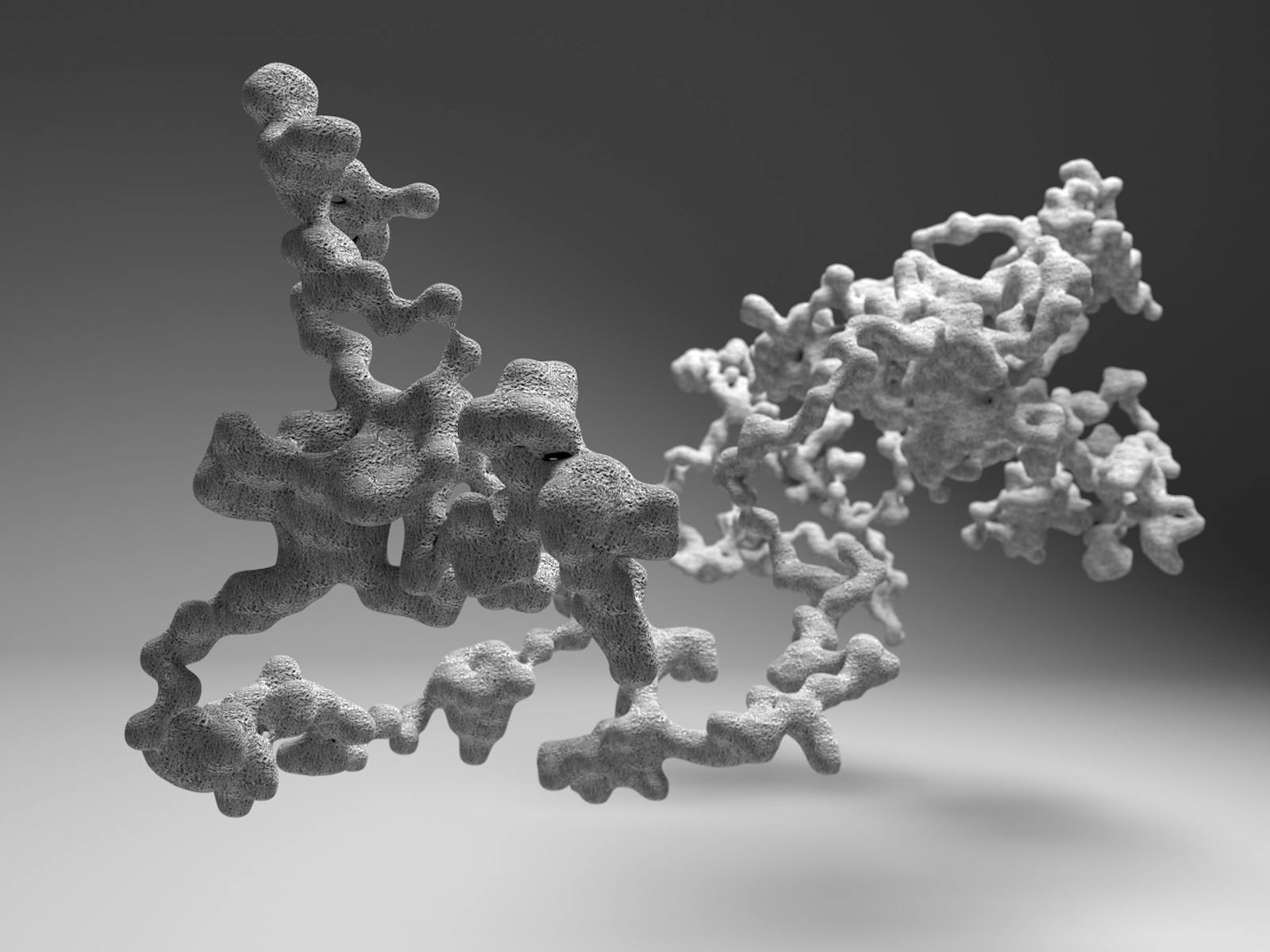
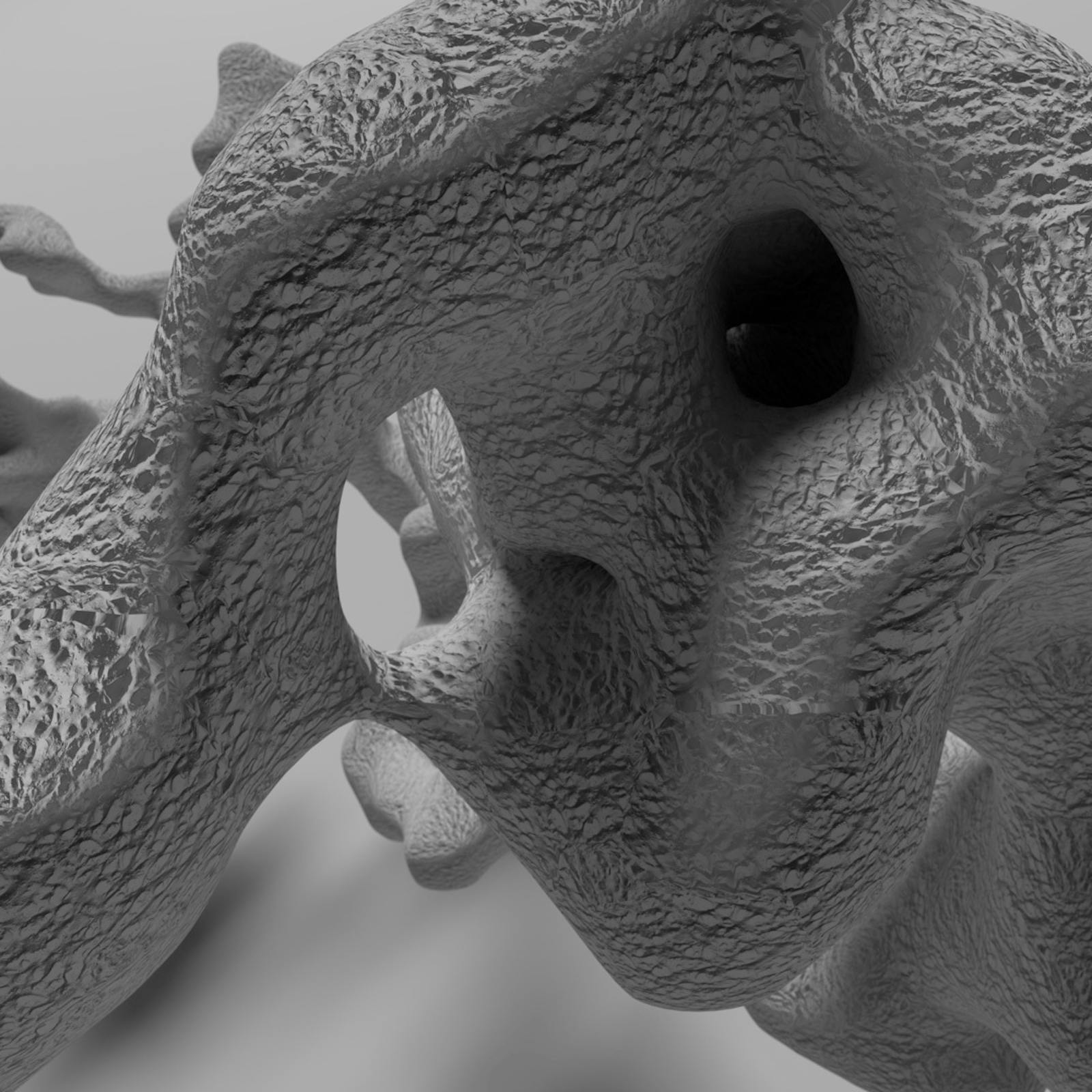
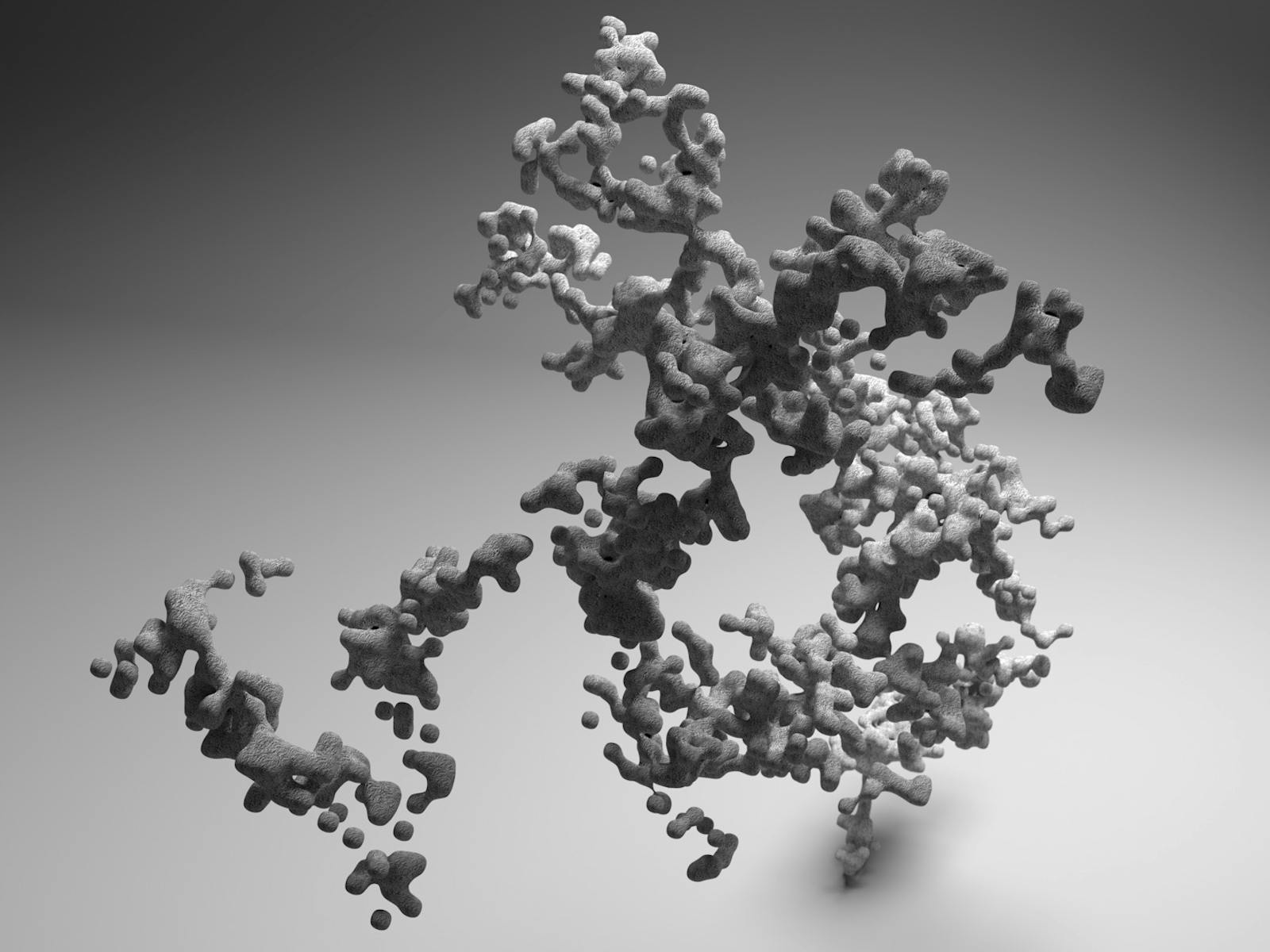
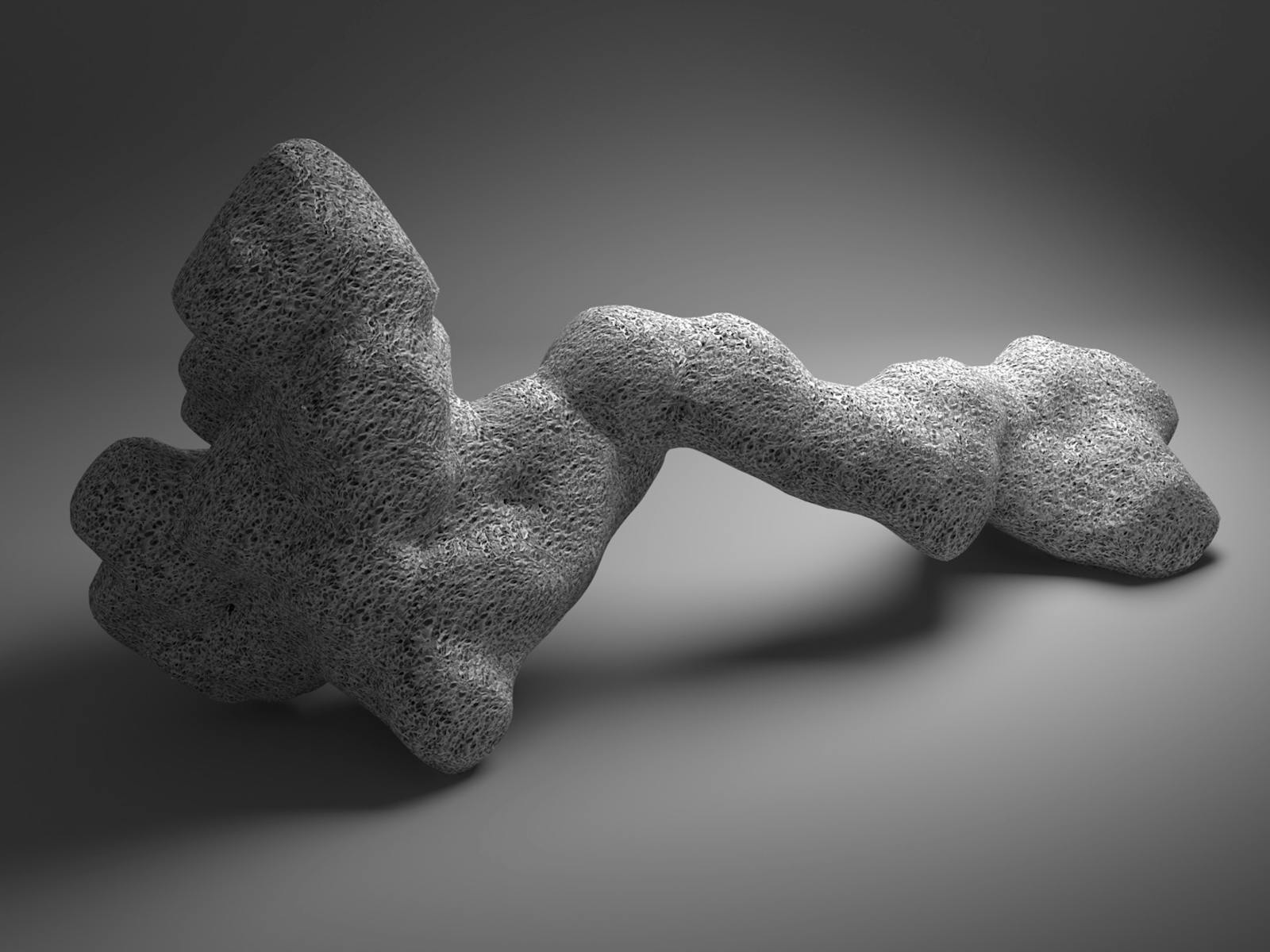
Landscapes of Pain
Landscapes of Pain are my response to the invitation from the artist and curator Elana Katz to produce a site-specific work in what is now known as the House of the End of the World, a derelict apartment in the middle of Berlin neighbourhood Kreuzberg, turned into a temporary artist-run exhibition space.
It is the response to pain, the first feeling perceived upon entering the apartment’s kitchen for the first time. Instead of merely being represented, the pain is embodied and emanating from the sculpture consisting of 175 3D printed pieces, that placed in the exhibition space form an invisible surface, shaped by the measurement of the pain, while I was pricking myself by a needle.
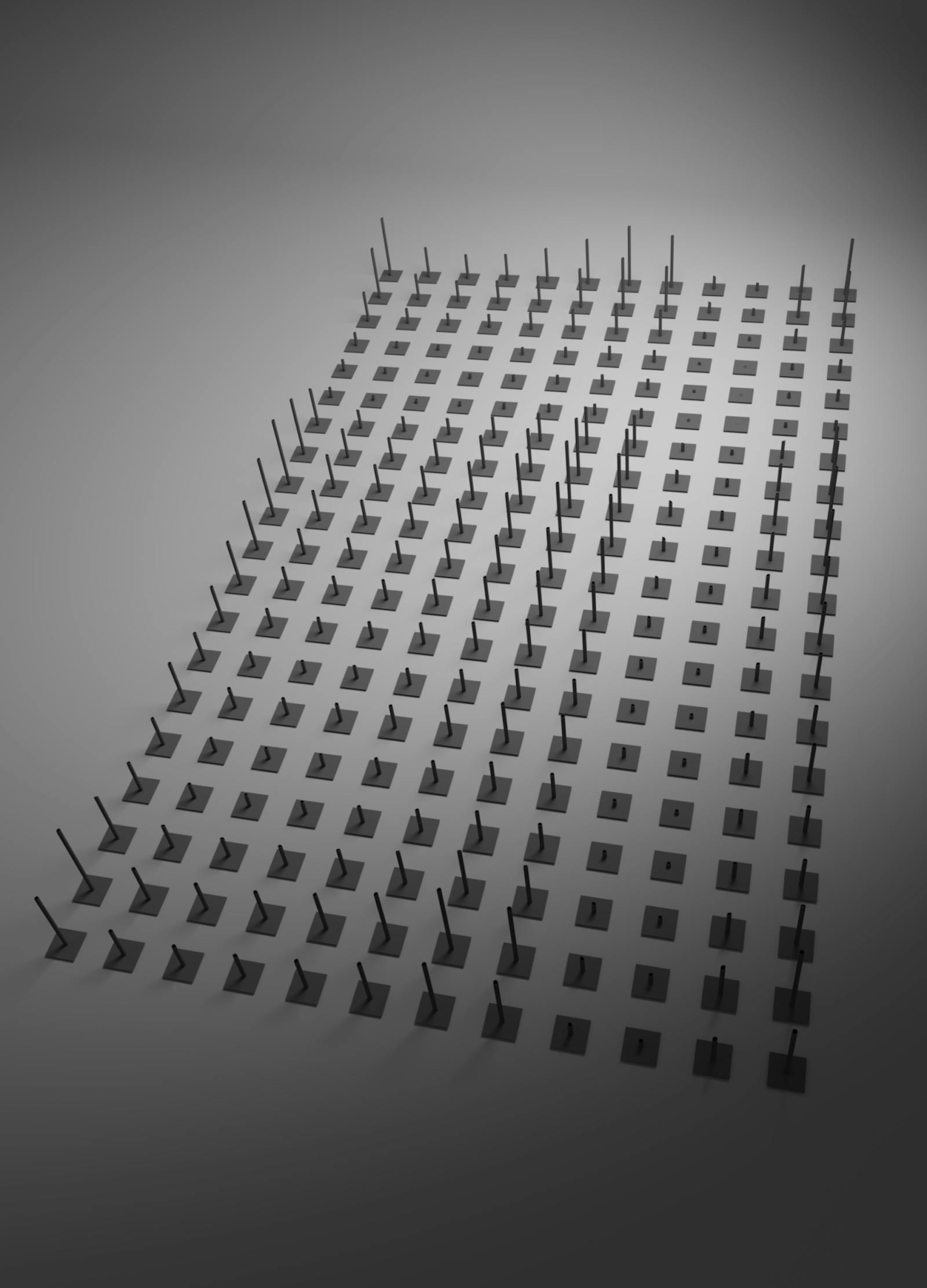
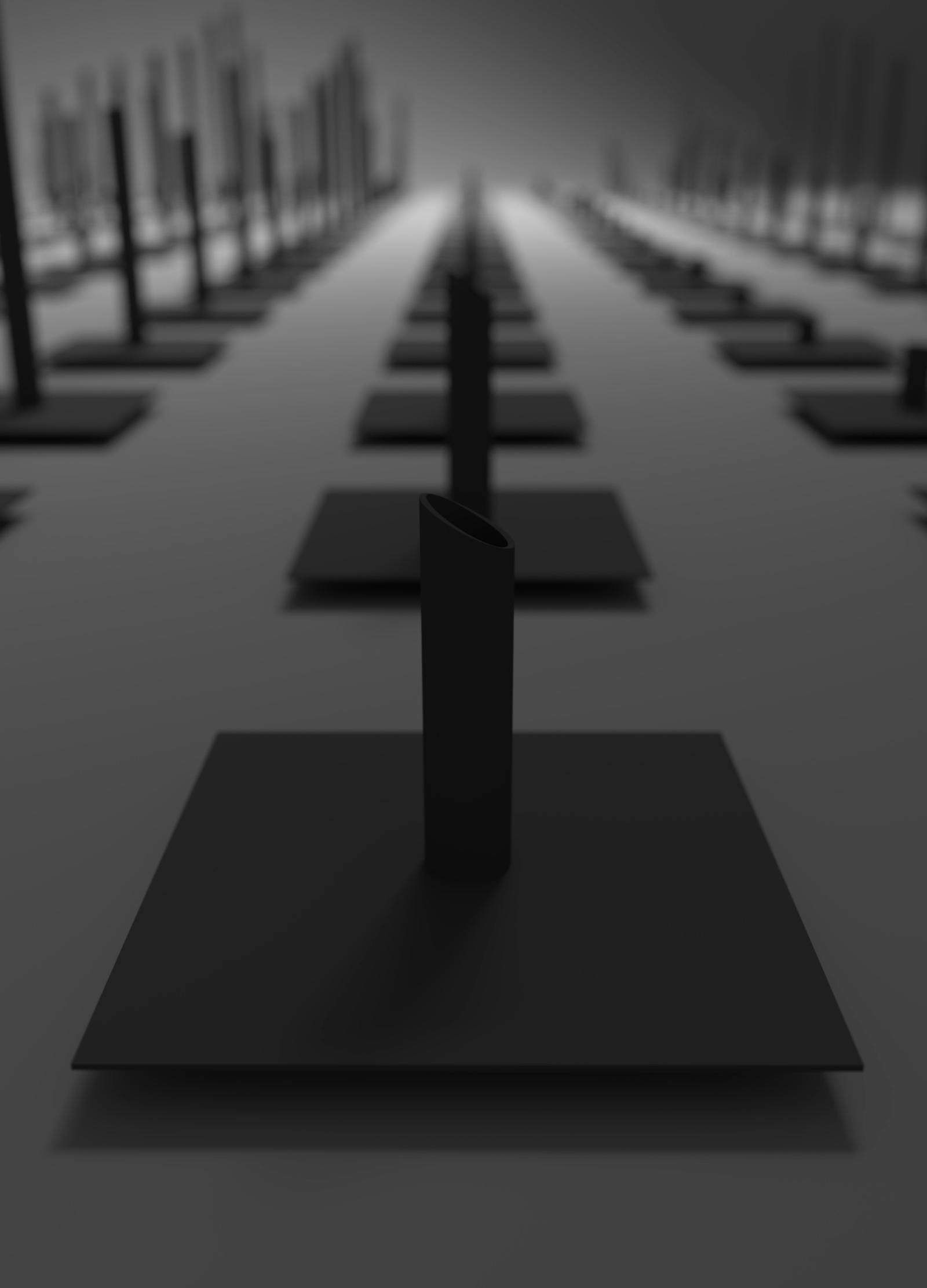
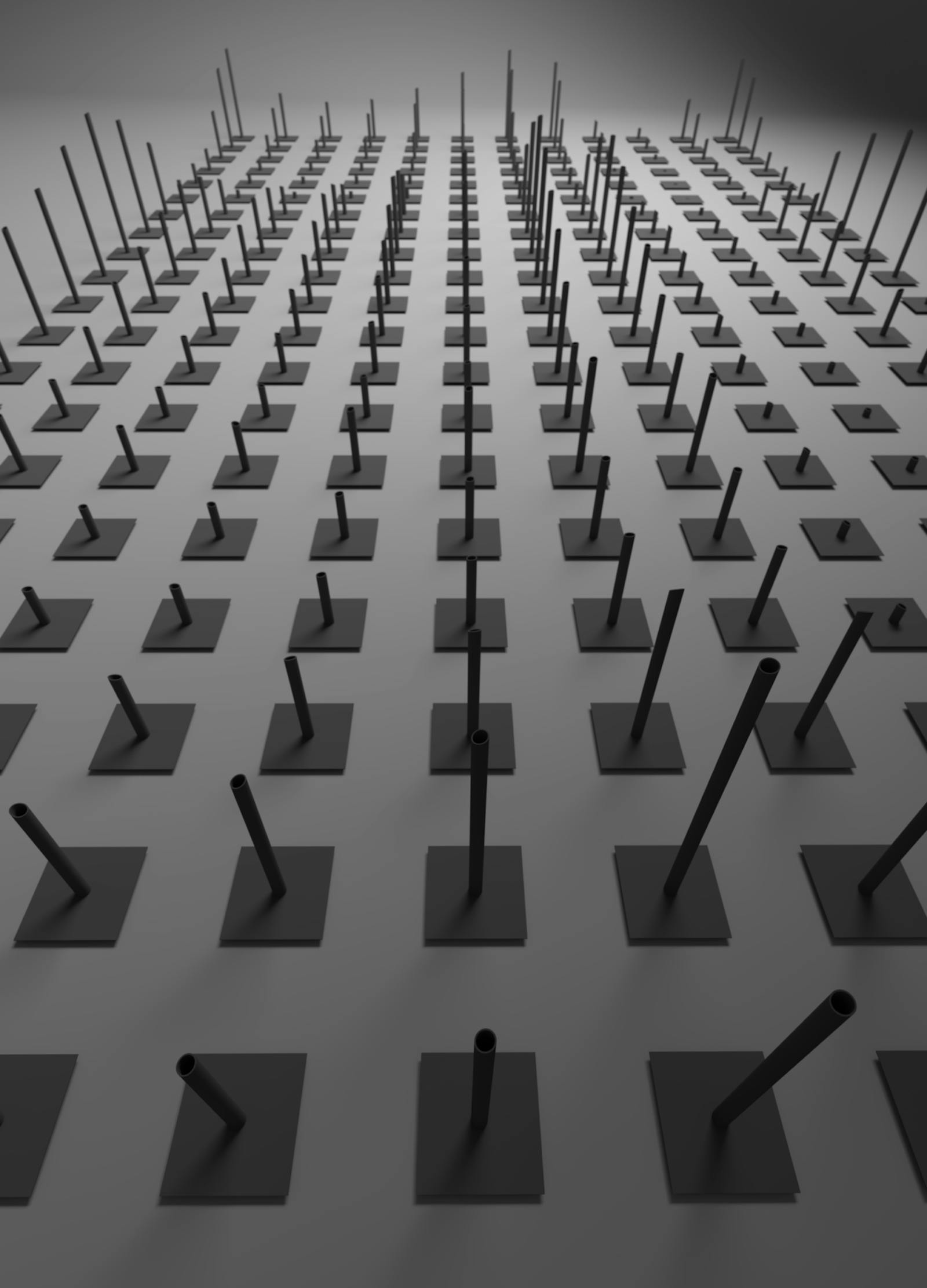
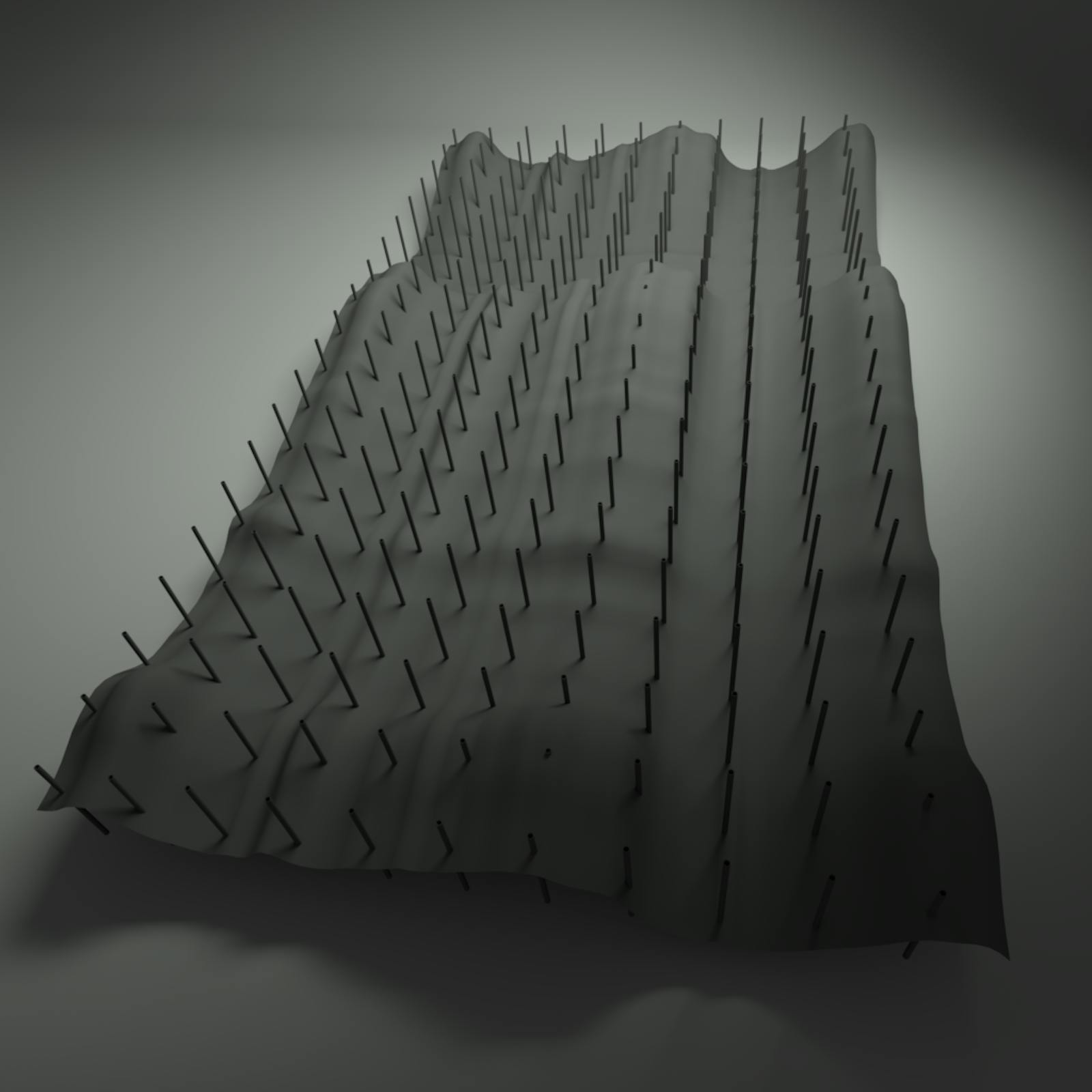
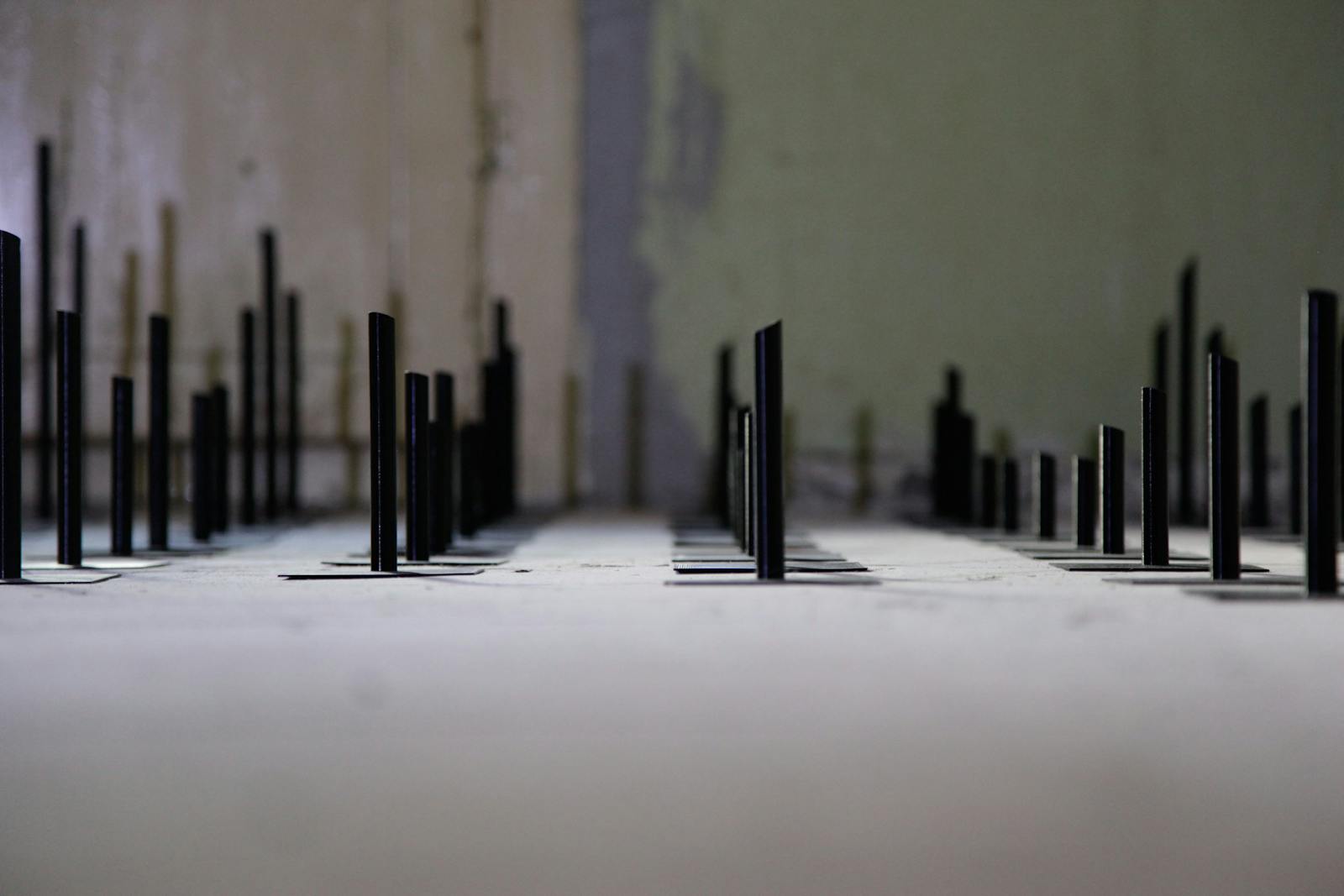
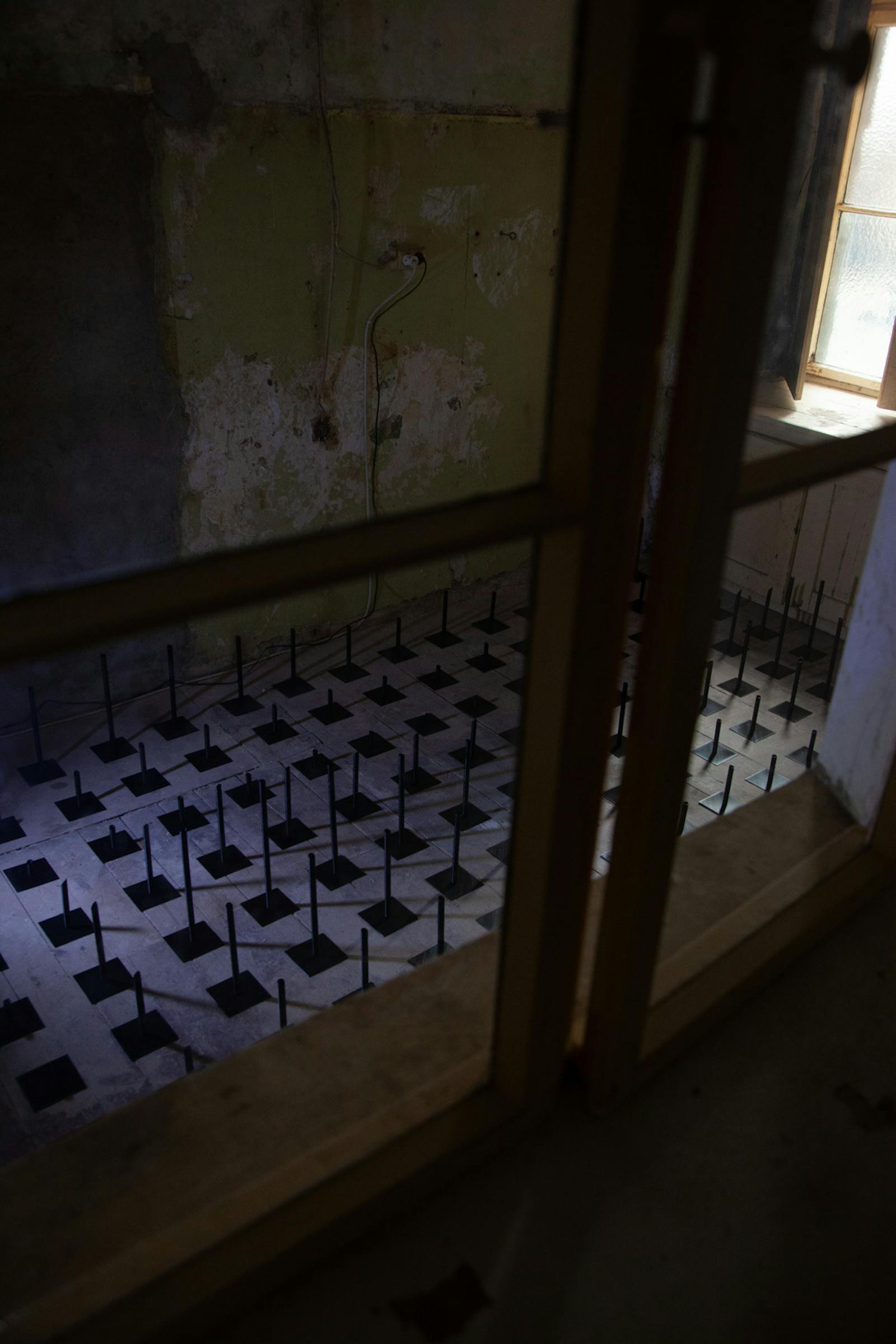
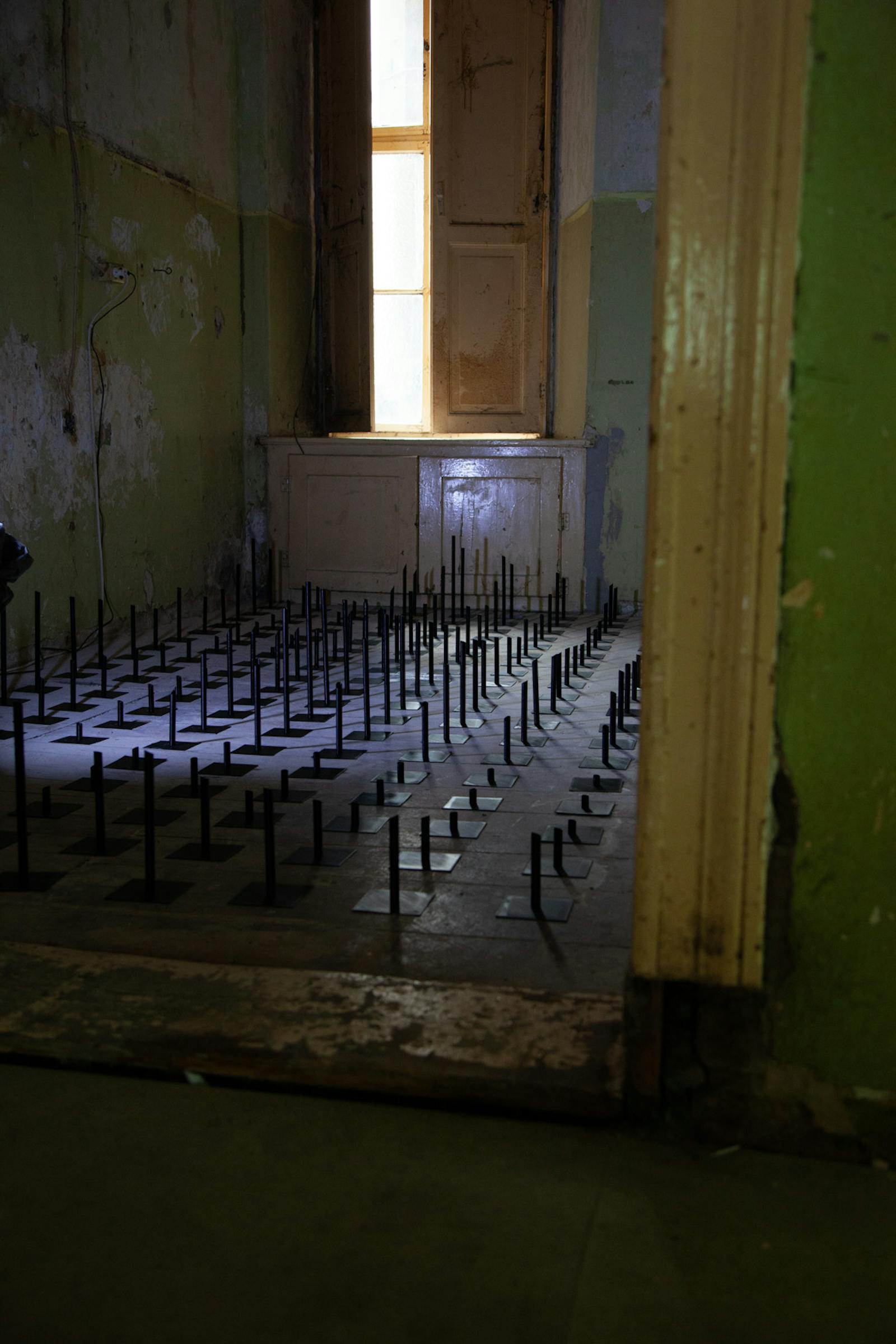
Synthetic Errors
Synthetic Eros explores the possibility of embodying pleasure and play via algorithms into digital sculpture. Instead of seeing an algorithm, or a parametric design software Grasshopper as a tool, the artist approaches the work as a collaborative practice in which algorithms have their interpretative freedom and form of expression. This work is directly related to the third chapter of the written component which explores the role of the artist in the age of distributed intelligence. The first series of sculptures are produced by recording a heart-beat of a sentient being that is being translated into a surface, capturing and expressing the relative excitement of the person. Each sculpture is printed in both two and three dimensions. The orthogonal views are printed as photographs, while 3D objects are printed either with a 3D printer or carved out by the robotic arm. Depending on which process is used, the sculpture is created either by additive (3D printing) or subtractive (carving out by a robot arm) process and thus build a different relationship to classic or analogue sculpture. In the second series, the galvanic skin response was used to create folds from lines, and thus embody the arousal of the sentient beings in the creation of the sculpture. Placed as a diptych, one below the other, two prints, which topologically are two dimensional, reveal the fractal dimension of the sculpture, which is larger than two dimensions, but still not a 3D object. They convey the embodied (and fractal) excitement through the algorithm that folds the lines into curves and evokes an eroticism of the form.
